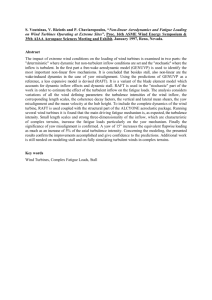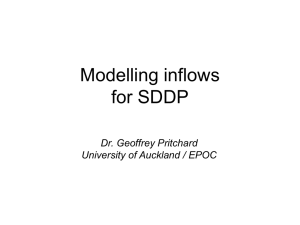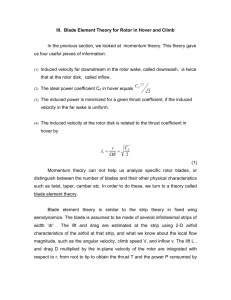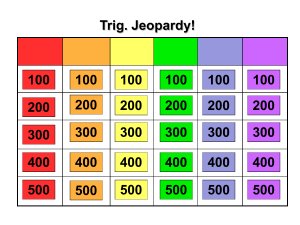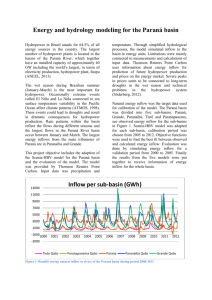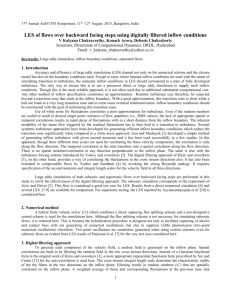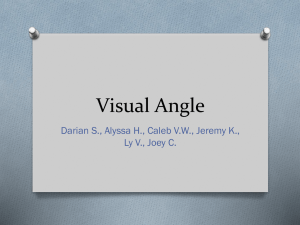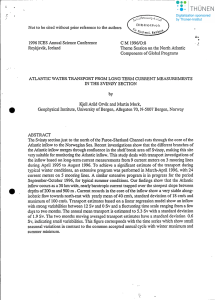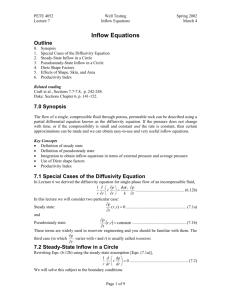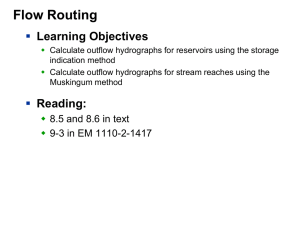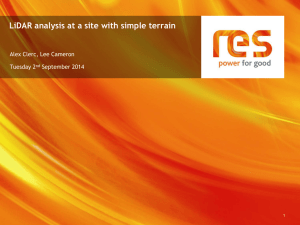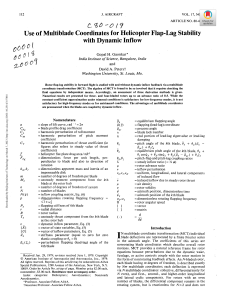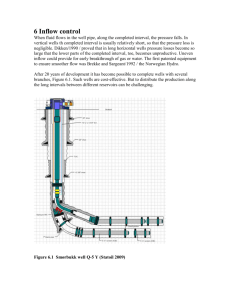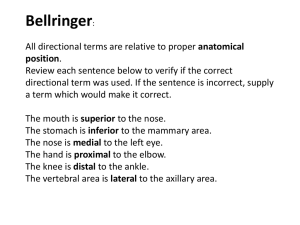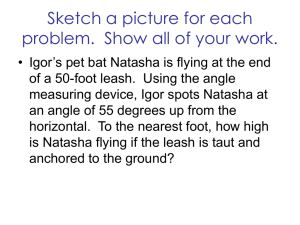PowerPoint Presentation - PCWG > Power Curve Working Group
advertisement
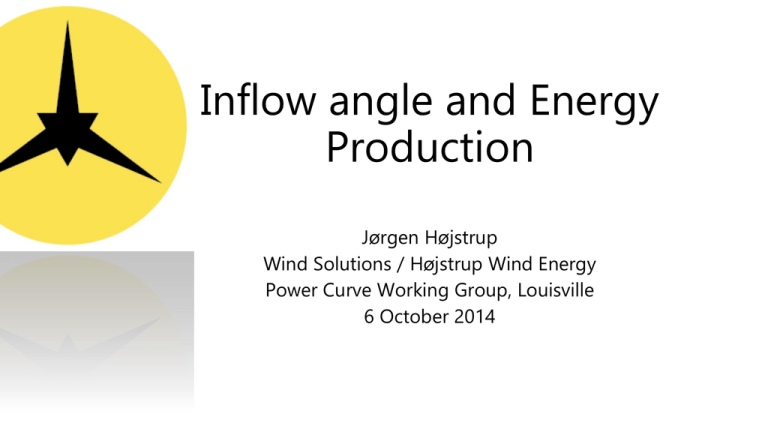
Inflow angle and Energy Production Jørgen Højstrup Wind Solutions / Højstrup Wind Energy Power Curve Working Group, Louisville 6 October 2014 CONTENTS - Energy loss by non-zero inflow angle - Directional variation - Inflow angles and energy loss from real sites Factors influencing Power Curve 1. 2. 3. 4. 5. 6. 7. Wind speed Air density Turbulence intensity Directional variation Inflow angle Wind shear Vertical wind veer Inflow angle negligible? 1. 2. 3. 4. 5. 6. 7. Wind speed Air density Turbulence intensity Directional variation Inflow angle Wind shear Vertical wind veer Inflow angle negligible? - For conventional IEC 61400-12-1 verification Expensive and difficult to erect masts in sloping terrain High uncertainty on site calibration - Most often you select turbines for PC verification in more benign terrain with small inflow angles - With Spinner Anemometer and LIDAR verification there are no practical problems in doing PC verification also in complex terrain. Calculate Energy Loss 15 deg yaw error Component that generates energy AEP lost: Yaw- (and inflow-) error => Lower Production The “Usual” turbulence effect on power curve, but there is more ... Energy loss by directional variations Energy loss by directional variations Average inflow angle (calculated) 15 recent sites, 270 turbines Rotor not tilted: avg 0.5% energy lost Rotor tilt 4 deg: avg 1.8% energy loss Rotor tilt 6 deg: avg 2.8% energy loss CONCLUSIONS • Inflow angle can have significant influence on energy production • Range 0 – 8 % • Average 2.8 % for 6 deg rotor tilt Thank you for your attention Højstrup Wind Energy & Wind Solutions www.wind-solutions.com Jorgen@hojstrup.eu

